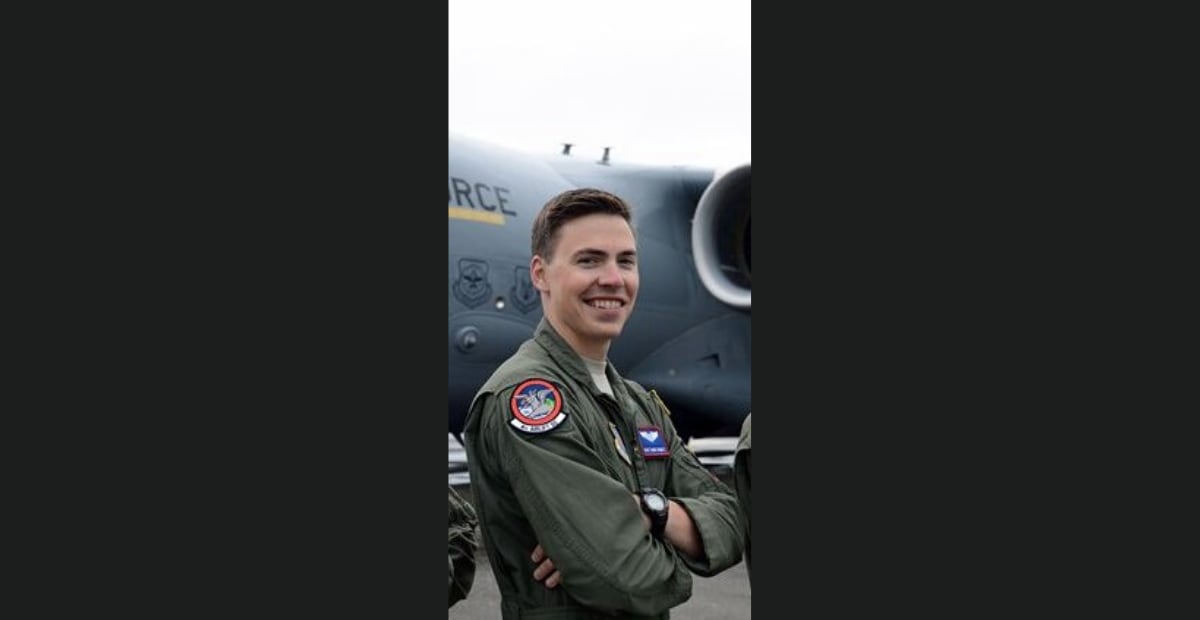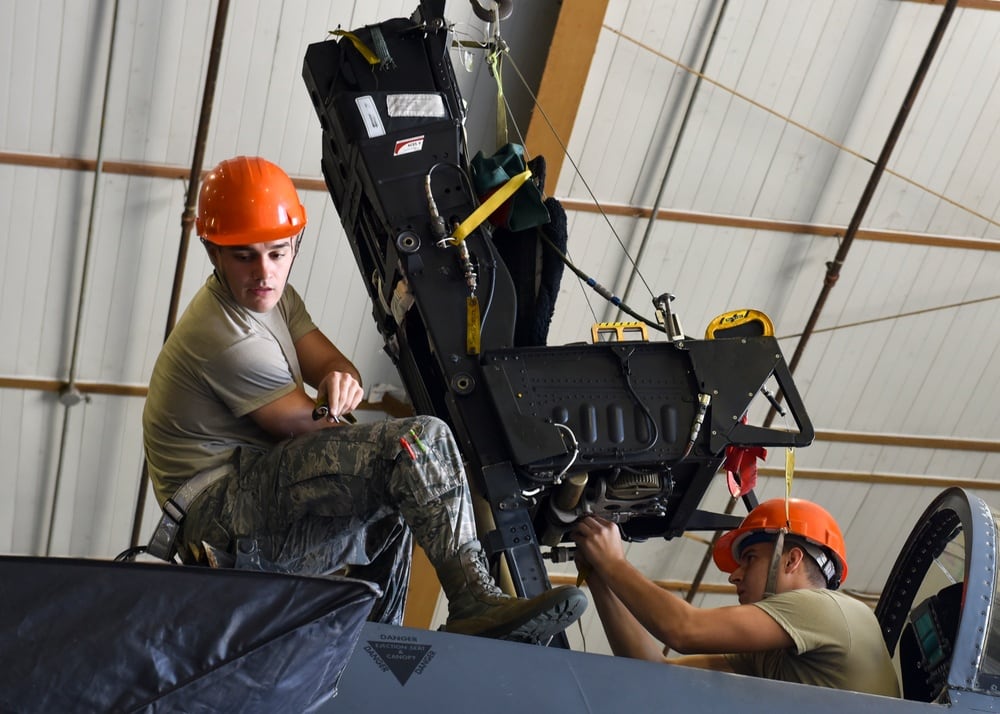The Air Force is temporarily grounding nearly 300 trainer aircraft over concerns that their ejection seats may not fire correctly when needed, Air Force Times has learned.
The service has stopped flying 203 T-38 Talons and 76 T-6 Texan IIs that may be affected by defective ejection seat parts, Air Force spokesperson Aryn Lockhart confirmed Thursday. That comprises about 40% of the T-38 fleet and 15% of the T-6 fleet, including planes at each undergraduate pilot training base and Naval Air Station Pensacola, Florida.
It’s unclear when they will return to service. The groundings come after the ejection seat manufacturer discovered a potential defect with the explosive cartridges that allow a pilot to escape.
Nineteenth Air Force boss Maj. Gen. Craig Wills, who runs an organization responsible for the service’s training enterprise, briefly ordered all aircraft in those fleets to stand down on Wednesday while maintainers sought more information.
Aircraft with ejection seats from the potentially affected production lots will remain grounded until Air Force maintainers can make sure their cartridges are fully functional. The remaining training aircraft are expected to resume flying as usual on Thursday.
“Our primary concern is the safety of our airmen and it is imperative that they have confidence in our equipment,” Wills told Air Force Times in an emailed statement. “Our actions … were taken out of an abundance of caution in order to ensure the safety of our pilots and aircrew.”
RELATED

The T-38 is a supersonic jet used to prepare pilots to fly fighter and bomber aircraft, and the T-6 is the service’s turboprop plane used to teach basic flight skills.
When an airman pulls their ejection handle, the cartridges are supposed to start the process of shooting a pilot out of the cockpit and deploying their parachute. The T-38 and T-6 both use an ejection seat built by Martin-Baker.
Each aircraft contains multiple explosive cartridges so pilots have backup options if one charge fails, Lockhart said.
In total, one-third of the Air Force’s largest training fleets will temporarily be out of commission. The Air Force owns about 500 T-38s and 440 T-6s.
“We will plan a regular fly day and flex to a [simulator]-only schedule as we get more information,” said an anonymous message shared Wednesday on the popular “Air Force amn/nco/snco” Facebook page.
RELATED

Air training officials are working with Air Force Materiel Command on the best way to inspect the aircraft. The service pledged to order longer-term groundings if other problems are uncovered along the way.
“These jets will not fly again until we’re absolutely sure their escape systems are fully functional,” Wills said. “Our instructor pilots accomplish an incredibly important and demanding mission every day, and we owe them safe and reliable aircraft.”
It’s unclear how taking a significant portion of Air Force trainers out of commission will affect the service’s ability to graduate new pilots amid an enduring shortage of about 1,600 airmen, particularly in the fighter community. The Air Force produces about 1,300 new pilots a year.
RELATED

On Wednesday, the Navy also confirmed that it is grounding an undisclosed number of aircraft for defective Martin-Baker ejection seat cartridges on a wide range of planes, including the F/A-18B/C/D Hornet and F/A-18E/F Super Hornet fighter jets, the E/A-18G Growler electronic attack plane and the T-45 Goshawk and F-5 Tiger II training aircraft.
Congress has tried to strengthen oversight of ejection seat problems in the years since 1st Lt. David Schmitz, an F-16 Fighting Falcon pilot at South Carolina’s Shaw Air Force Base, died when his seat malfunctioned during a jet crash in 2020.
Now, the Air Force and Navy must report to Congress twice a year on the status of their ejection seats in use, including how many are installed at each base and how many have waivers that allow them to fly without repairs.
The first biannual report was due Feb. 1.
Rachel Cohen is the editor of Air Force Times. She joined the publication as its senior reporter in March 2021. Her work has appeared in the Washington Post, the Frederick News-Post (Md.), Air and Space Forces Magazine, Inside Defense, Inside Health Policy and elsewhere.




